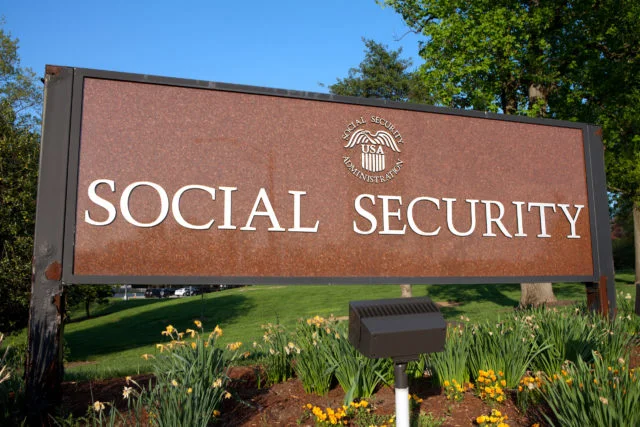Tag: widows

Soaring apartment rents and widowed or divorced baby boomers with spare bedrooms and inadequate retirement income – these two trends have conspired to drive up the number of boomers seeking roommates. New listings being posted by homeowners between January and June on Silvernest, a website where boomers can search for potential roommates, doubled to…

In this video, Elena Chavez Quezada introduces two working women in her family who didn’t get a fair shot at a comfortable retirement. Her mother-in-law, a single mother and immigrant from the Dominican Republic, pieced together a living for herself, her parents, and her children. She never had a 401(k) or owned a house. Eac…











